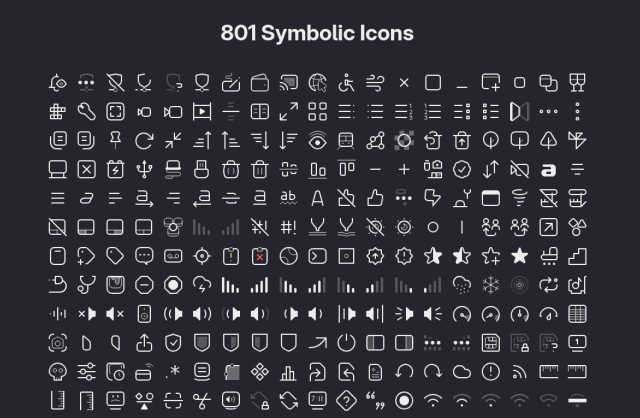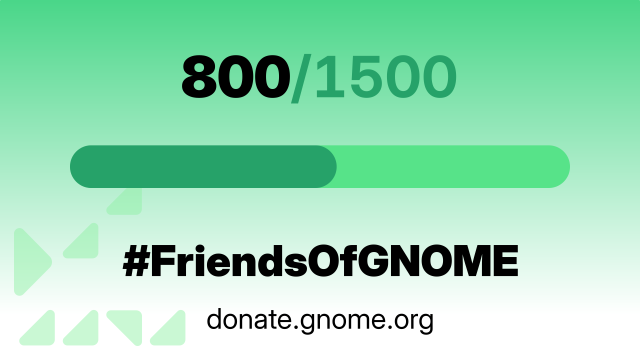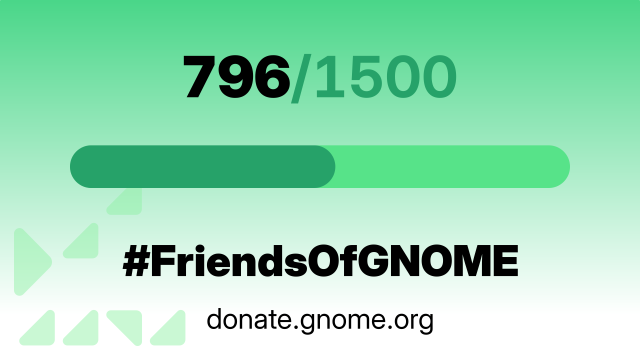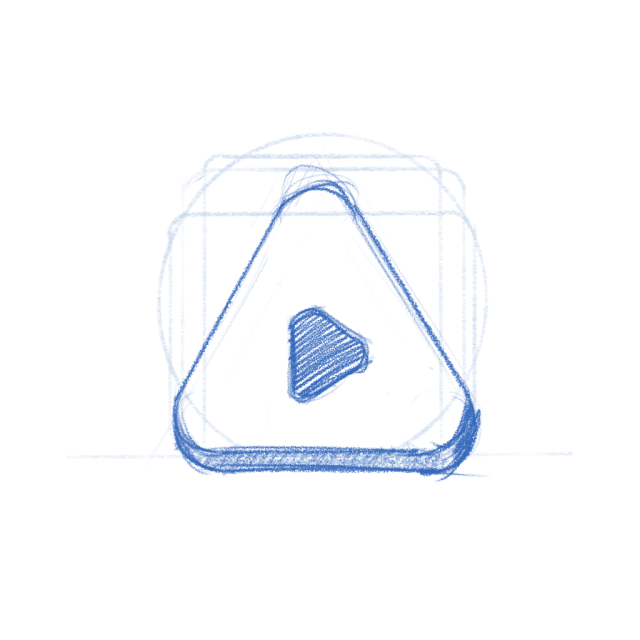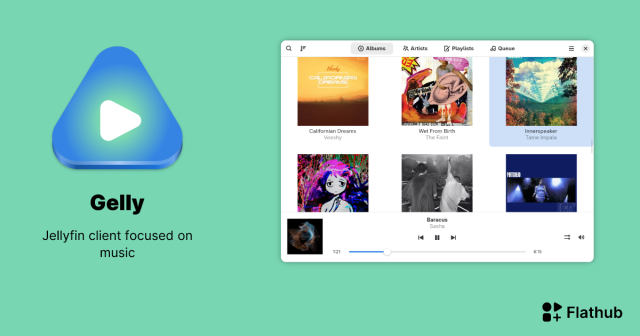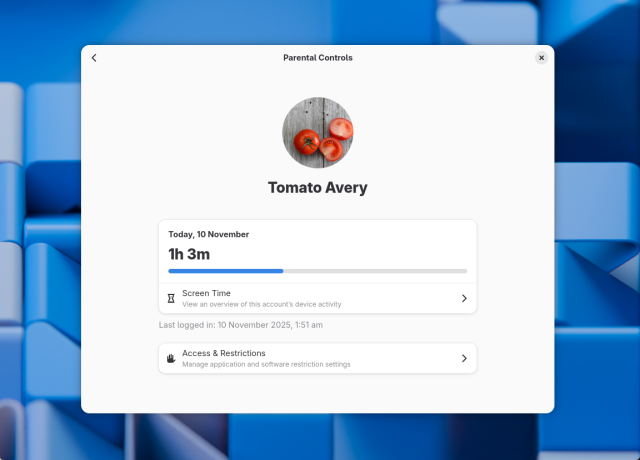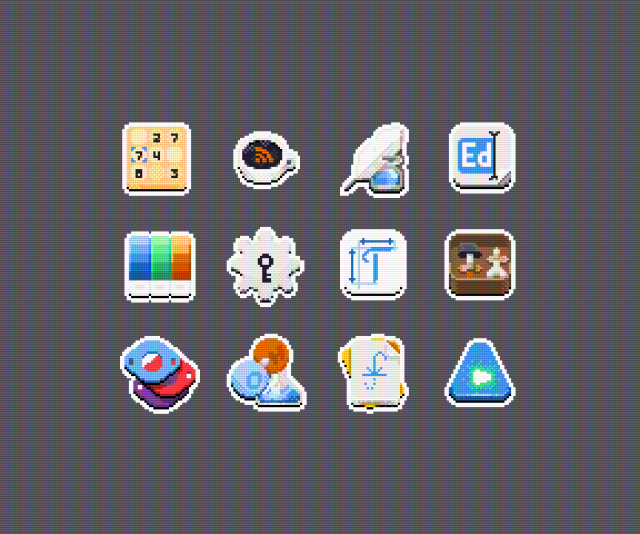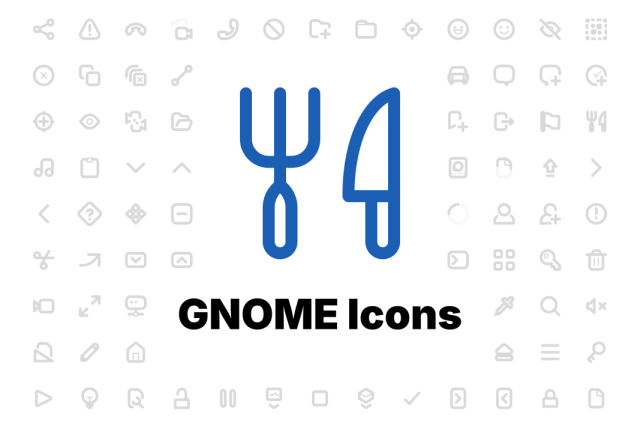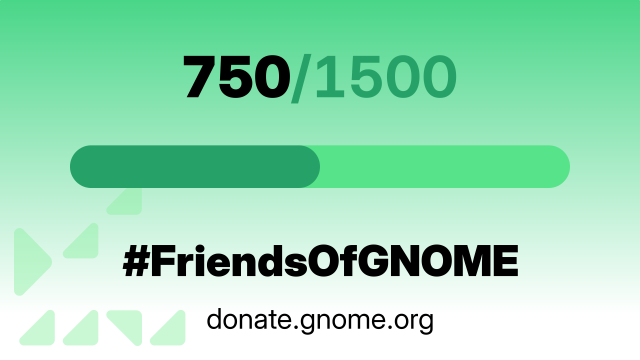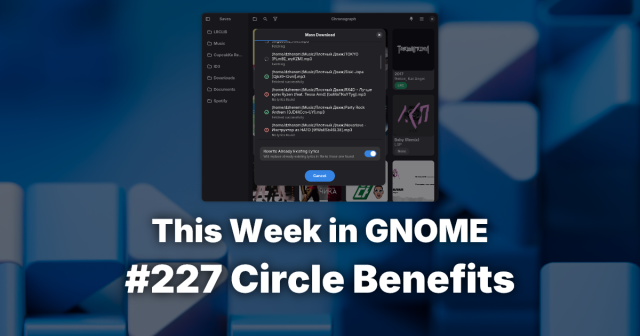Hey, I've been under distress lately due to personal circumstances that are outside my control. I can't find a permanent job that allows me to function, I'm not eligible for government benefits, my grant proposals got rejected, paid internships are quite difficult to find. Essentially, I have no stable monthly income that allows me to sustain myself.
Nowadays, I work mostly on accessibility throughout GNOME as a volunteer, improving the experience of people with disabilities. I helped make the majority of GNOME Calendar accessible with a keyboard and screen reader — still an ongoing effort with !564 and !598 —which is an effort no company ever contributed financially. These merge requests take thousands (literally) of hours to research, develop, and test, which would have been enough to sustain myself for a couple of years if I had been working under a salary.
I would really appreciate any kinds of donations, especially ones that happen periodically to bump my monthly income.
These donations will allow me to sustain myself while allowing me to continue working on accessibility throughout GNOME, potentially even 'crowdfunding' development without doing it on the behalf of the Foundation.
I accept donations through the following platforms:
- “TheEvilSkeleton” on Liberapay: liberapay.com/TheEvilSkeleton/… (free and open-source platform)
- “TheEvilSkeleton” on Ko-fi: ko-fi.com/theevilskeleton
- “TheEvilSkeleton” on GitHub Sponsors: github.com/sponsors/TheEvilSke…
Boosts welcome and appreciated.
#Accessibility #a11y #GNOME #GNOMECalendar #MutualAidRequest #MutualAid

There is no calendaring app that I love more than GNOME Calendar. The design is slick, it works extremely well, it is touchpad friendly, and best of all, the community around it is just full of wonderful developers, designers, and contributors worth …
TheEvilSkeleton



